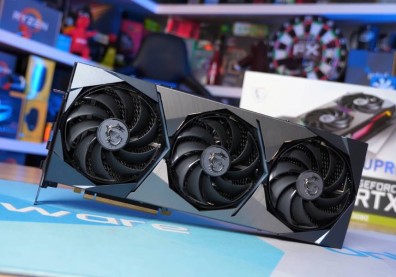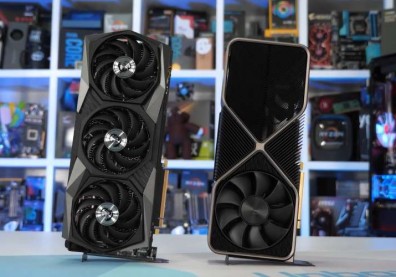One of the much awaited features of the MacBook Pro 2016 is tied up to what processors it would use – Skylake or Kaby Lake? Apparently a lot of things hinge on that, particularly the graphics chip performance.
As mentioned in a previous post, Apple may adopt the A-Series ARM chipset on the upcoming MacBook Pro 2016 and the MacBook Air speculated to debut in March 2017. If so, this would open the doors for a possible 5K display resolution.
Overall, Apple relies on the AMD graphics for its displays but a curious job post spotted by Bloomberg spurs up some things. Nvidia is seeking a software engineer to join the company’s Mac graphics drivers team where applicants need to be familiar with Apple’s metal cross-platform application programming interface.
The said feature is present in Macs and iOS devices and the successful candidates will eventually help in the collaboration between Nvidia and Apple. While that seems interesting, it is unlikely that it will come in time for the MacBook Pro 2016 expected to debut before 2016 comes to a close.
Nvidia change coming?
Assuming that Apple is leaning on a change from AMD to Nvidia, this will not be the first time. The Cupertino company did it in 2012 to power its 15-inch MacBook Pro with Retina displays. But per Apple Insider, any changes may take years before it actually happens.
Hence, the Nvidia shift may not be happening yet for the MacBook Pro 2016 or the MacBook Air next year but for future variants. Seeing that it will cover a vast array of Apple products, the possibilities could include the Mac Pro as well.
For now, Apple will rely on AMD graphics which are likely to be used for the MacBook Pro and the MacBook Air. For how long will depend on breakthroughs made by Nvidia’s revamped Mac graphics drivers team.









